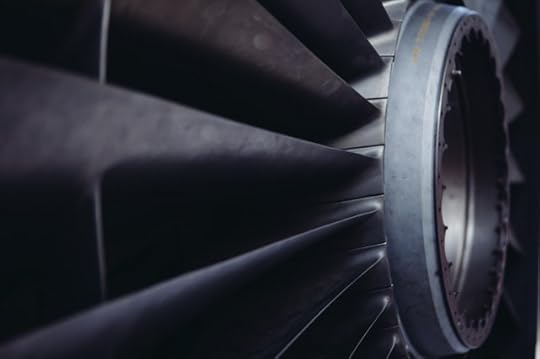The Ins and Outs of an Aircraft Engine

You may wonder how something as heavy as an airplane seems to fly with ease. Spot your answer by looking at the aircraft engine, placed above, below, or near its wings.
But before we begin exploring aircraft engine parts and uses, it’s important to take note that aircraft engines are classified into two different types. Let’s get to know them and see how they differ from one another, from design to purpose.
The Piston Engine
This classic starts off this countdown. This type, also known as a reciprocating engine, was the sole aircraft engine until the birth of the first turbine-powered aircraft in 1939. It has one or more cylinders. Each one contains a fitted piston connected to a crankshaft through a connecting rod. Each can freely move back and forth within the cylinder.
Upon the insertion and ignition of fuel within a cylinder, the hot gases expand and drive the piston forward, moving the connecting rod forward and turning the crankshaft. The crankshaft’s rotation pushes the piston back inside the cylinder and restarts the cycle; its movement converts the piston’s reciprocating linear motion into a rotating one, which drives the propeller.
Although its use reached its peak during the Second World War, this aircraft engine stands the test of time as it’s still being used by some today for private and business purposes due to efficient performance and low cost.
The Jet Engine
Number two on this list is the jet engine. Although its invention dates to around 150 BC, it wasn’t until the 1950s when its use became widespread. Jet engine aircrafts move due to a great force from a powerful thrust, causing them to fly fast. Most (if not all) commercial and military planes use this engine.
Alternatively called a gas turbine, most jet engines have front compressor sections (made of fans) which sucks air in. Upon compression, the air travels through a combustion chamber and gets sprayed with fuel and ignited. The gases expand and pass through the nozzle (located at the back), which causes the engine and the aircraft to move forward.
Much like aircraft engines in general, jet engines are categorized into different types as well (turbojet, turboprop, turbofan, turboshaft, and ramjets).
If you’re a pilot torn between these two engines, you may take other things (cost, efficiency) into consideration if ever you are to choose one among the other. Whatever your choice of aircraft engine may be, make sure that it will suit your needs.
What are your opinions on these two aircraft engines? Share your thoughts by leaving a comment below. You may also voice them through Facebook, Twitter, or Goodreads. Learn more about aircrafts by getting a copy of my book, Ol’ Shakey.
References
Bellis, Mary. n.d. “Different Types of Jet Engines.” ThoughtCo. Last modified April 12, 2017. Accessed September 26, 2018.https://www.thoughtco.com/different-types-of-jet-engines-1992017
Bellis, Mary. n.d. “Learn How a Jet Engine Works.” ThoughtCo. Last modified February 28, 2018. Accessed September 26, 2018. https://www.thoughtco.com/how-a-jet-engine-works-p2-4075315.
Bellis, Mary. n.d. “The History of the Jet Engine.” ThoughtCo. Last modified September 24, 2018. Accessed September 26, 2018.https://www.thoughtco.com/history-of-the-jet-engine-4067905
Plaehen, Tim. n.d. “A Thorough Look at the Types of Airplane Engines.” Bright Hub. Last modified August 15, 2010. Accessed September 26, 2018. https://www.brighthub.com/science/aviation/articles/81501.aspx
Shoreline Aviation. 2012. “Piston Engine Aircraft vs. Turboprop Engine Aircraft.” Accessed September 26, 2018.http://www.shorelineaviation.net/news—events/bid/50442/Piston-Engine-Aircraft-vs-Turboprop-Engine-Aircraft
The post The Ins and Outs of an Aircraft Engine appeared first on Gene Fish.



